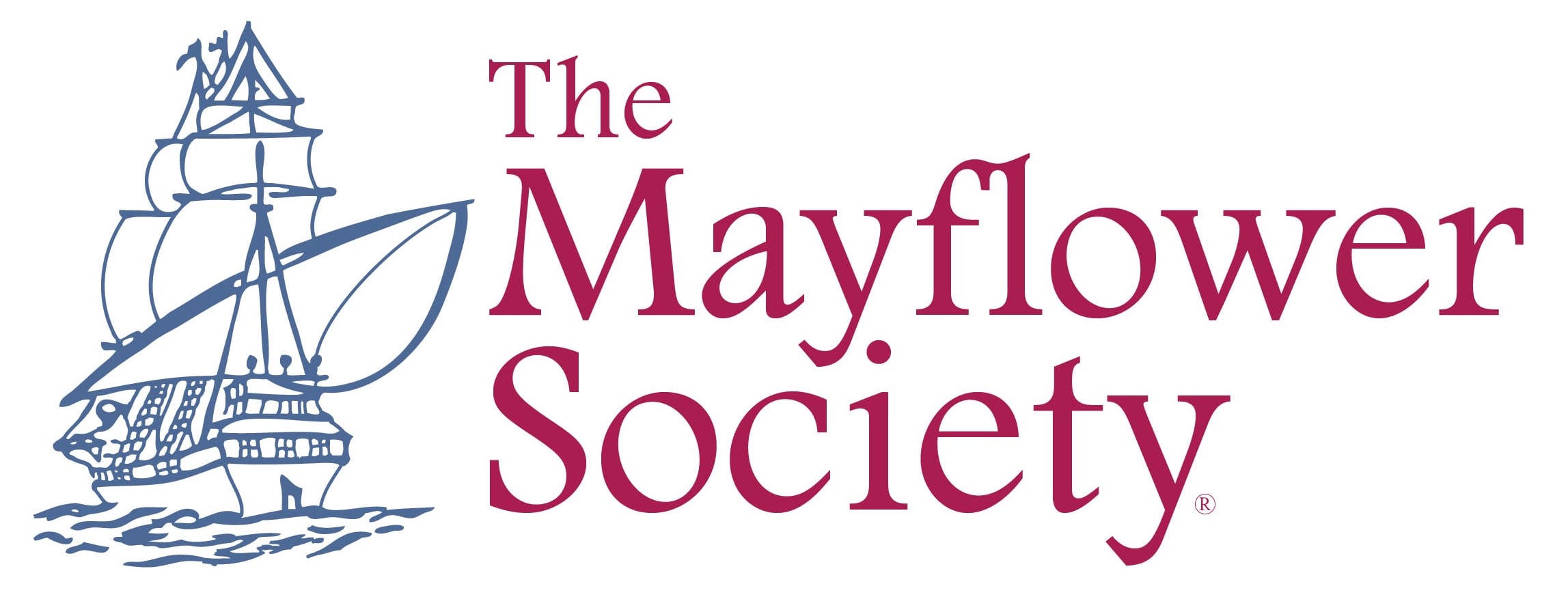The Standish Family
Passenger Profile
Myles Standish was accompanied on the Mayflower by his wife Rose. She did not survive the first winter, dying 29 January 1620/21.
Myles, was born prob. on the Isle of Man, circa 1584; he died at Duxbury, 3 October 1656. He married first, Rose ( ), and they had no known children. He married second, at Plymouth, between July 1623 and March 1623/24, Barbara ( ) whose identity is unknown; she was called “Mrs. Standish” in the 1623 land division where she received one acre.
Standish was a signer of the Mayflower Compact, signed on 11 November 1620, when the ship was anchored at Provincetown. He received two acres in the 1623 land division. In the 1627 cattle division he is listed with his second wife Barbara and sons Charles, Alexander and John Standish.
Standish’s experience proved valuable during the three exploration parties on Cape Cod during the cold and wet days of November and early December 1620, as they searched for the best place to begin their settlement. It’s quite astonishing that while most of the other men who were also on these expeditions became very ill and succumbed to their ailments, that Standish was one of the few who did not.
On 17 February 1620/21, Standish was chosen their Captain; he never balked when it came to dealing with the Native Americans, but as their Captain, he always led the way, sometimes a little too forcefully. He was described by his contemporaries as “a man of very little stature, yet of a very hot and angry temper.” He served in other capacities as well, such as treasurer, and as Assistant to the Governor almost continually from about 1635 until his death. He died at Duxbury 3 October 1656.
In 1645, the Commissioners of the United Colonies were raising an army for the expected war with the Narragansetts. Forty armed men from Plymouth were under the command of Captain Standish. In 1646, Standish was chosen with six others for the Council of War, and in 1654 was appointed the Commander in Chief of 50 men from ten towns, for the expedition against the Dutch, saying his “approved fidelitie and abillitie wee have had long experience…whose wisdom and discretion…”
Children of Myles and Barbara ( ) Standish:
- Charles Standish, born at Plymouth, circa 1624; died between 1627 and 1634.
- Alexander Standish, born at Plymouth, circa 1626; died at Duxbury, 6 July 1702; married 1) probably at Duxbury, Sarah2 Alden (John1 Alden and Priscilla1 Mullins) and had eight children: Lora, Lydia, Elizabeth, Mercy, Myles, Sarah, Ebenezer and David Alden. He married 2) circa 1688, Desire2 (Doty) (Sherman) Holmes (Edward1 Doty); they had three children: Desire, Thomas and Ichabod Standish.
- John Standish, born at Plymouth, before May 22, 1627 and who died probably. unmarried, before August 1633.
- Myles Standish, born circa 1629; disappeared at sea after March 20, 1661; married at Boston, 19 July 1660, Sarah Winslow, they had no children.
- Lora Standish, born after 22 May 1627; died before 7 March 1655/56 unmarried.
- Josiah Standish: born circa 1633; died at Preston CT, 19 March 1690; married 1) at Marshfield, 19 December 1654, Mary Dingley; they had no children. He married 2) after 7 March 1655/56, Sarah Allen and they had eight children: Mary, Martha, Myles, Josiah, Samuel, Israel, Lois and Mercy Standish.
- Charles: born after 1634; died after 7 March 1655/66, unmarried.
SOURCES:
Mayflower Families Through Five Generations, Myles Standish, vol. 14, by Russell L. Warner, ed. by Robert S. Wakefield, Plymouth, 2007.
Mayflower Passenger References, (from contemporary records and scholarly journals), by Susan E. Roser. 2011. pp. 342-378.
Descendants of Myles Standish are invited to join the Society of Myles Standish Descendants, Inc.

Material: Steel, iron and wood
Blade made in Solingen, Germany, 1630-1650
Ownership attributed to Myles Standish
A rapier is a sword with a stiff, sharply pointed blade used for thrusting, rather than cutting. The blade of this rapier was made in Solingen, known for its production of edged weapons. Standish probably acquired the sword after arriving in Plymouth. It was probably worn with his finest military dress at musters and official events.
Myles Standish was the Pilgrims’ military leader. Standish had joined the English army; many English and Scottish soldiers fought in the Dutch Wars between The Netherlands and Spain. Standish served in and around Leiden until 1616. There Standish met the Pilgrims. When the Pilgrims decided to emigrate to America, they chose Standish as their military leader to train the colonists in self defense.
